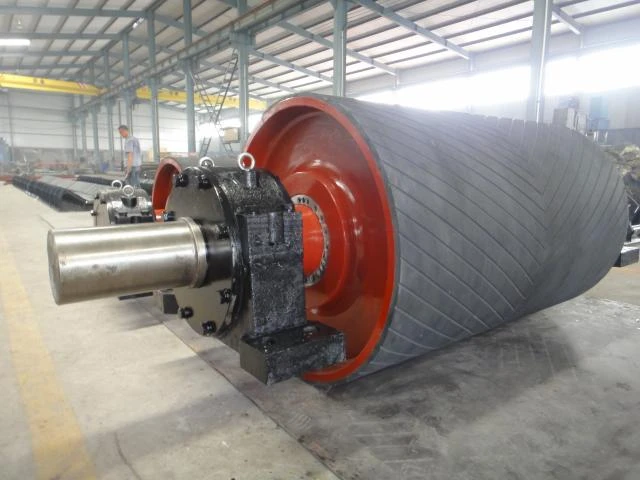 Afrikaans
Afrikaans  Albanian
Albanian  Amharic
Amharic  Arabic
Arabic  Armenian
Armenian  Azerbaijani
Azerbaijani  Basque
Basque  Belarusian
Belarusian  Bengali
Bengali  Bosnian
Bosnian  Bulgarian
Bulgarian  Catalan
Catalan  Cebuano
Cebuano  Corsican
Corsican  Croatian
Croatian  Czech
Czech  Danish
Danish  Dutch
Dutch  English
English  Esperanto
Esperanto  Estonian
Estonian  Finnish
Finnish  French
French  Frisian
Frisian  Galician
Galician  Georgian
Georgian  German
German  Greek
Greek  Gujarati
Gujarati  Haitian Creole
Haitian Creole  hausa
hausa  hawaiian
hawaiian  Hebrew
Hebrew  Hindi
Hindi  Miao
Miao  Hungarian
Hungarian  Icelandic
Icelandic  igbo
igbo  Indonesian
Indonesian  irish
irish  Italian
Italian  Japanese
Japanese  Javanese
Javanese  Kannada
Kannada  kazakh
kazakh  Khmer
Khmer  Rwandese
Rwandese  Korean
Korean  Kurdish
Kurdish  Kyrgyz
Kyrgyz  Lao
Lao  Latin
Latin  Latvian
Latvian  Lithuanian
Lithuanian  Luxembourgish
Luxembourgish  Macedonian
Macedonian  Malgashi
Malgashi  Malay
Malay  Malayalam
Malayalam  Maltese
Maltese  Maori
Maori  Marathi
Marathi  Mongolian
Mongolian  Myanmar
Myanmar  Nepali
Nepali  Norwegian
Norwegian  Norwegian
Norwegian  Occitan
Occitan  Pashto
Pashto  Persian
Persian  Polish
Polish  Portuguese
Portuguese  Punjabi
Punjabi  Romanian
Romanian  Russian
Russian  Samoan
Samoan  Scottish Gaelic
Scottish Gaelic  Serbian
Serbian  Sesotho
Sesotho  Shona
Shona  Sindhi
Sindhi  Sinhala
Sinhala  Slovak
Slovak  Slovenian
Slovenian  Somali
Somali  Spanish
Spanish  Sundanese
Sundanese  Swahili
Swahili  Swedish
Swedish  Tagalog
Tagalog  Tajik
Tajik  Tamil
Tamil  Tatar
Tatar  Telugu
Telugu  Thai
Thai  Turkish
Turkish  Turkmen
Turkmen  Ukrainian
Ukrainian  Urdu
Urdu  Uighur
Uighur  Uzbek
Uzbek  Vietnamese
Vietnamese  Welsh
Welsh  Bantu
Bantu  Yiddish
Yiddish  Yoruba
Yoruba  Zulu
Zulu driven pulley and driver pulley
Understanding Driven Pulleys and Driver Pulleys A Key Component of Mechanical Systems
In the realm of mechanical engineering, the concepts of driven pulleys and driver pulleys are foundational, playing a crucial role in the transmission of power and motion. These components are integral to various machines, from simple bicycles to complex industrial equipment. This article delves into the definitions, functions, and applications of driven and driver pulleys, highlighting their importance in mechanical systems.
Definitions and Functions
A driver pulley is the pulley that is connected directly to the power source, such as a motor or engine. When the power source operates, it rotates the driver pulley, which in turn initiates the motion of connected components. The driver pulley is designed to provide torque and to transmit this force efficiently to other pulleys or systems.
On the other hand, a driven pulley is any pulley that receives the motion and power transmitted from the driver pulley. It is not connected to the power source but instead is linked to the driver pulley through a belt or chain. The driven pulley can then transfer this motion to additional parts of the machine, whether through further mechanical linkages or directly to the components that perform useful work.
Working Principle
The operation of driven and driver pulleys relies on the principles of friction and mechanical advantage. When the driver pulley rotates, the belt or chain engages with it, creating friction that allows the driven pulley to rotate as well. The relationship between the size (diameter) of the driver and driven pulleys affects the speed and torque output of the system.
driven pulley and driver pulley

For instance, if the driver pulley is larger than the driven pulley, the driven pulley will rotate faster than the driver pulley, leading to a speed increase in the system. Conversely, if the driven pulley is larger, it will turn slower, thereby providing greater torque. This principle is crucial in designing systems for specific applications, such as increasing the speed of a conveyor belt or providing a strong starting torque for an electric vehicle.
Applications
Driven and driver pulleys are ubiquitous in various applications across multiple industries. In the automotive sector, for example, these pulleys are vital components in engine systems, such as timing belts and serpentine belts. They help transfer power from the crankshaft to ancillary components like the alternator, water pump, and air conditioning compressor.
In manufacturing and production, conveyor systems utilize driven and driver pulleys to move goods along assembly lines. The careful selection of pulley sizes and configurations can significantly improve efficiency, reduce energy consumption, and enhance overall production speed.
Pulleys are also commonplace in recreational equipment. Bicycles employ pulleys within their gearing systems, where the driver pulley is typically attached to the pedal mechanism, while the driven pulley determines the output speed and torque delivered to the rear wheel.
Conclusion
Driven pulleys and driver pulleys are essential components in the realm of mechanical systems, facilitating the transfer of power and motion in various applications. Their functionality is based on fundamental principles of mechanics, allowing engineers to design systems that can efficiently convert and enhance energy. As technology advances, the designs and materials for these pulleys continue to evolve, enabling more efficient, compact, and powerful mechanical systems. Understanding the dynamics of driven and driver pulleys is fundamental for anyone looking to delve into mechanical engineering or related fields, underscoring their pivotal role in modern machinery and equipment.
-
Revolutionizing Conveyor Reliability with Advanced Rubber Lagging PulleysNewsJul.22,2025
-
Powering Precision and Durability with Expert Manufacturers of Conveyor ComponentsNewsJul.22,2025
-
Optimizing Conveyor Systems with Advanced Conveyor AccessoriesNewsJul.22,2025
-
Maximize Conveyor Efficiency with Quality Conveyor Idler PulleysNewsJul.22,2025
-
Future-Proof Your Conveyor System with High-Performance Polyurethane RollerNewsJul.22,2025
-
Driving Efficiency Forward with Quality Idlers and RollersNewsJul.22,2025





























